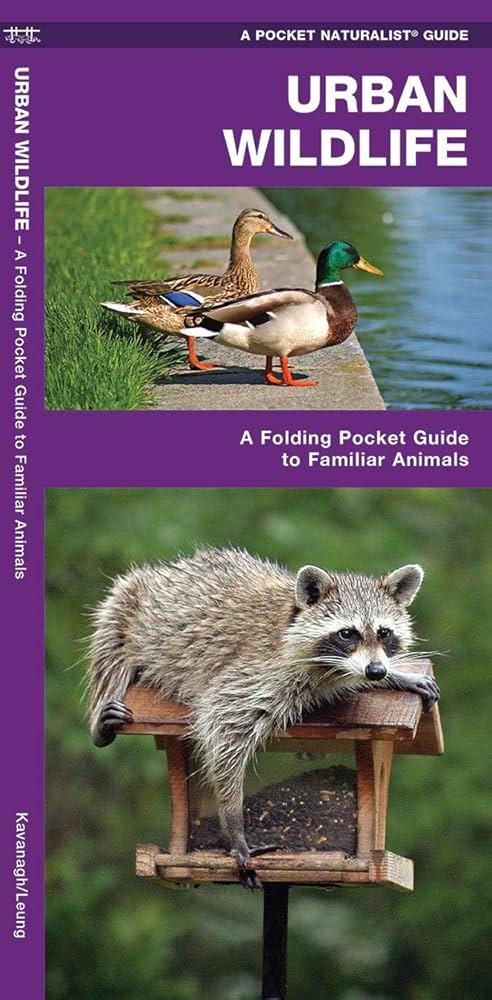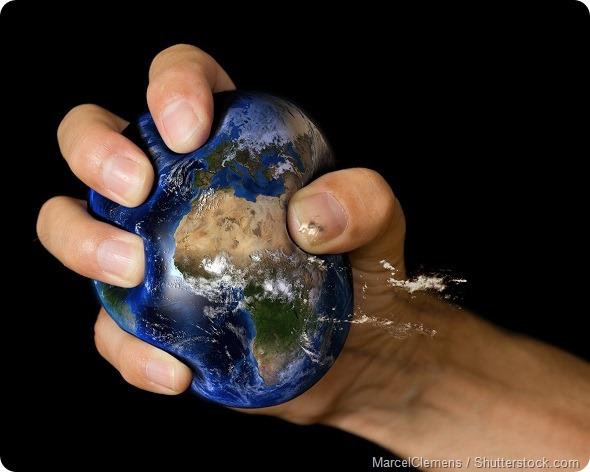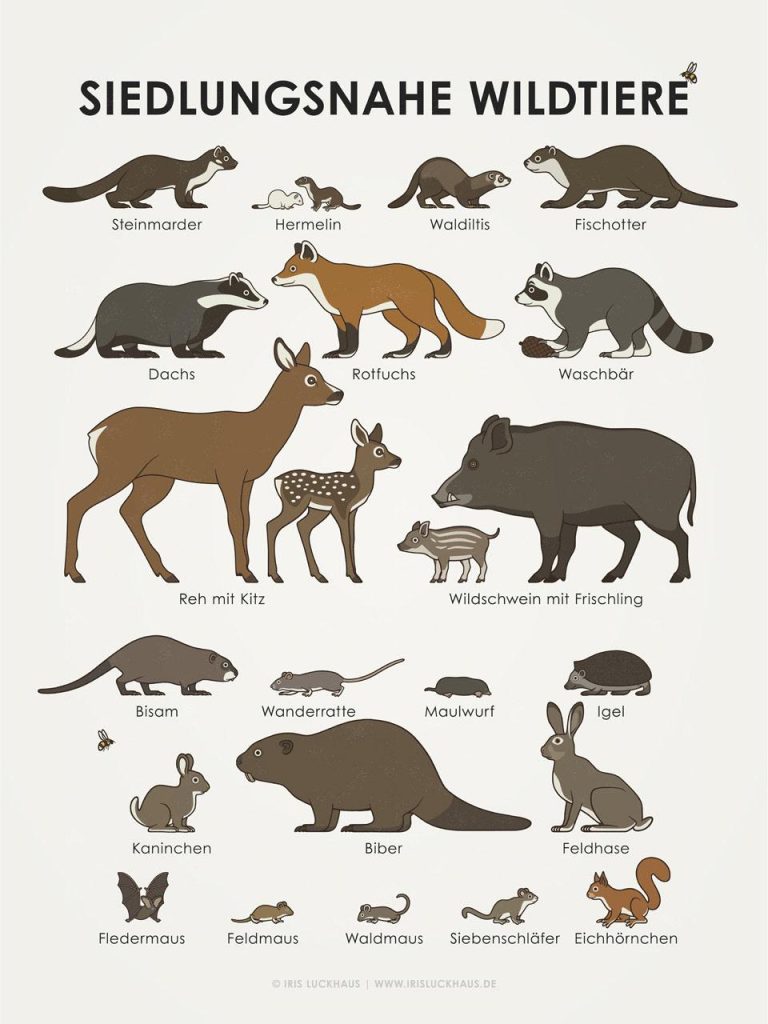In the heart of bustling cities, where concrete towers pierce the sky and the hum of human life never ceases, another world thrives just beneath the surface. Amidst the cacophony of traffic and neon lights, a remarkable phenomenon unfolds: a diverse array of wildlife not merely surviving, but flourishing in urban landscapes. From raccoons deftly navigating alleyways to peregrine falcons nesting on skyscrapers, urban survivors have adapted to life in an environment often perceived as hostile. This article delves into the remarkable resilience and ingenuity of these animals, exploring how they carve out niches in an ecosystem dominated by humans. Join us as we uncover the stories of these unexpected city dwellers, highlighting their struggles, adaptations, and the intricate web of life that persists in the shadows of our urban jungles.
Table of Contents
- Understanding Urban Adaptations in Wildlife
- Exploring the Impact of Human Activity on Urban Species
- Promoting Coexistence: Best Practices for Urban Planning
- Protecting Urban Biodiversity through Community Engagement
- In Conclusion
Understanding Urban Adaptations in Wildlife

Urban environments, with their concrete jungles and bustling human activity, create a unique set of challenges and opportunities for wildlife. Many species have developed fascinating adaptations that allow them to flourish in these modified landscapes. For instance, birds have become adept at exploiting human structures for nesting, utilizing window ledges and rooftops as alternative habitats. Similarly, mammals like raccoons and foxes have learned to navigate streets and backyards, turning to scavenging scraps of food left behind by city dwellers. These behavioral modifications illustrate a remarkable resilience and ingenuity in the face of urbanization.
In addition to behavioral changes, some species are physically adapting to urban life. Studies have shown significant differences in size and coloration among urban-dwelling squirrels compared to their rural counterparts, suggesting a response to environmental pressures like temperature and food availability. Below is a summary of notable adaptations:
| Animal | Adaptation |
|---|---|
| Songbirds | Utilize artificial sounds to communicate |
| Raccoons | Master scavengers with dexterous paws |
| Urban Coyotes | Resourceful hunters adjusting to prey availability |
As these adaptations continue to develop, it is crucial to understand the dynamics between wildlife and their urban surroundings. By recognizing the innovations made by these urban survivors, conservation efforts can be tailored to ensure a harmonious coexistence between humans and the diverse animals that share our cities.
Exploring the Impact of Human Activity on Urban Species

In urban landscapes, human activity oddly creates conditions where some animal species not only survive but flourish. The constant flux of construction, transportation, and human interaction has inadvertently become a catalyst for adaptability. For instance, species like pigeons and raccoons have learned to exploit the abundance of food sources often generated by bustling urban life. Their ability to navigate human infrastructure is a testament to their resilience. *Key factors contributing to their success include:*
- Availability of Resources: Waste from restaurants and street vendors provide easy meals.
- Altered Habitats: Parks and gardens act as green islands amidst concrete.
- Reduced Predation: The absence of large predators allows for population growth.
The urban environment brings about unique challenges, yet many species have adapted their behaviors to cope. For example, squirrels have refined their foraging skills, becoming adept at navigating human activity without losing their natural instincts. Meanwhile, the adaptability of species like foxes, which have begun to avoid peak human activity times, demonstrates an extraordinary level of intelligence and flexibility. Below is a glimpse of some urban species and their notable adaptations:
| Animal | Adaptation |
|---|---|
| Pigeons | Utilizing building ledges for nesting and roosting |
| Raccoons | Mastering the art of opening trash bins |
| Squirrels | Finding and storing food from urban gardens |
| Foxes | Being active mostly at dawn and dusk to avoid humans |
Promoting Coexistence: Best Practices for Urban Planning
In urban environments where concrete and steel dominate, integrating green spaces can create habitats for wildlife and enhance coexistence between human and animal populations. Urban planners can prioritize the development of parks, green roofs, and community gardens that not only beautify the city but also serve as vital refuges for various species. By incorporating native plants and providing water sources, we can attract local wildlife, supporting biodiversity right in our neighborhoods. Cities like Melbourne and Singapore illustrate how effective landscape architecture can lead to eco-friendly spaces that encourage both human enjoyment and animal habitation.
Another effective practice lies in designing structures that accommodate animal mobility and access. Features such as wildlife corridors in new developments and retrofitting existing buildings with ledges or green walls can facilitate the movement of species through urban landscapes. Additionally, implementing policies that restrict the use of harmful chemicals in landscaping and promoting education around urban coexistence can foster community support. Local governments can lead initiatives to engage residents in wildlife-friendly practices, ensuring that cities can thrive as vibrant ecosystems rather than sterile environments.
| Best Practices | Description |
|---|---|
| Green Spaces | Integrating parks and gardens to offer natural habitats. |
| Wildlife Corridors | Creating pathways for animals to navigate through cities. |
| Native Planting | Utilizing indigenous plants to attract local wildlife. |
| Public Education | Raising awareness about the importance of coexistence. |
Protecting Urban Biodiversity through Community Engagement
Urban environments, often perceived as inhospitable to wildlife, are actually teeming with surprising biodiversity. Through community engagement, residents can play a vital role in nurturing this urban wildlife. Initiatives such as local garden projects, green roofs, and community parks can transform often-neglected spaces into thriving ecosystems. These projects not only provide habitats for animals but also encourage residents to connect with nature. Communities can participate in activities like:
- Citizen Science: Residents can assist in tracking local wildlife populations and health.
- Habitat Restoration: Groups can work together to restore native plant species that support local fauna.
- Wildlife Workshops: Educational sessions can foster understanding of urban species and their needs.
Engagement strategies can greatly enhance urban biodiversity, particularly when local residents feel a sense of ownership and responsibility for their environment. By collaborating with conservation organizations and local governments, neighborhoods can also establish protective measures for urban wildlife. An effective approach to this is setting up urban “wildlife corridors” that connect parks and green spaces. The following table highlights some successful community-led projects across various cities:
| City | Project Name | Focus Area |
|---|---|---|
| New York | Green Roof Initiative | Bird Populations |
| Los Angeles | Urban Wildlife Sanctuary | Pollinator Gardens |
| Chicago | Community Wetlands | Amphibians & Fish |
In Conclusion
As the sun dips below the horizon, casting long shadows across the concrete sprawl, a fascinating reality unfolds in our urban landscapes. The resilient animals we explored in this article—foxes padding silently through quiet streets, raccoons deftly rummaging through waste bins, and peregrine falcons soaring above skyscrapers—remind us that life finds a way, even within the most unlikely of habitats.
Their stories highlight a complex relationship between nature and urbanization, where adaptability reigns supreme. These urban survivors, equipped with instinct and ingenuity, have not only carved out niches in our cities but have also become integral players in the urban ecosystem. They challenge our perceptions and encourage us to consider how we coexist with wildlife in an increasingly developed world.
As we close this chapter on the remarkable adaptability of these creatures, we are left with a profound realization: our cities are not merely collections of buildings and roads; they are dynamic environments teeming with life. The next time you venture out into the urban jungle, take a moment to look closely—you might just spot a familiar friend navigating the same streets you tread. In this intertwining of human and animal existence, there lies a story of resilience, adaptability, and a shared future in the heart of the metropolis.



